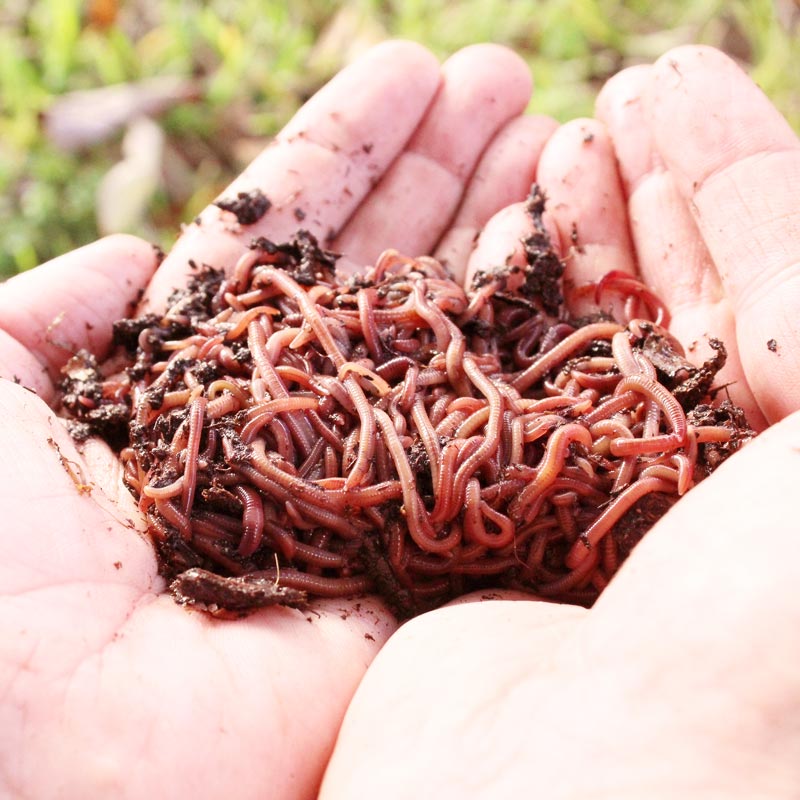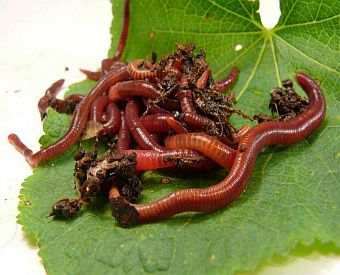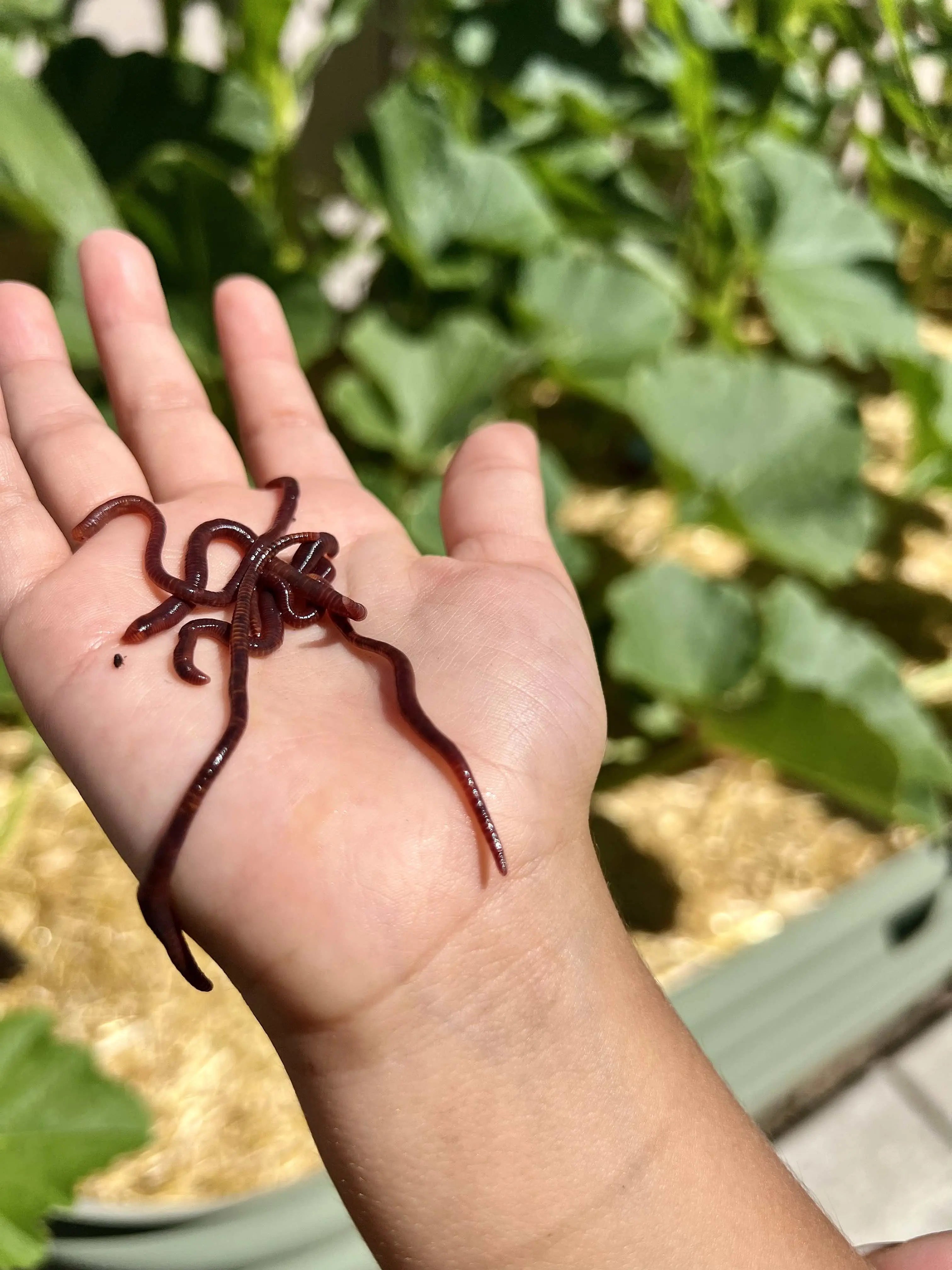Making Best Use Of the Conveniences of Red Wiggler Worms: A Comprehensive Manual for Home Gardeners and Urban Farmers
In the realm of sustainable gardening practices, red wiggler worms stand as unsung heroes, quietly transforming organic waste into nutrient-rich castings that can work marvels for dirt wellness. As home gardeners and metropolitan farmers increasingly seek cost-efficient and eco pleasant means to improve their gardens, the possible advantages of harnessing the power of red wigglers can not be overemphasized. From decreasing cooking area waste to growing much healthier plants, the use of these humble animals provides a myriad of advantages. By exploring the complexities of how to properly care for and make best use of the advantages of red wiggler worms, individuals can open a riches of opportunities for improving the sustainability and efficiency of their horticulture undertakings.
Understanding Red Wiggler Worms
Red Wiggler worms, renowned for their efficient composting abilities, are a types of earthworms commonly made use of in vermiculture practices. These worms, scientifically known as Eisenia fetida, thrive in decaying organic product, making them excellent prospects for composting.
One secret characteristic of Red Wiggler worms is their reproductive price. These hermaphroditic animals possess both male and female reproductive body organs, enabling them to duplicate rapidly under beneficial problems. A mature Red Wiggler can generate numerous offspring in a short period, making certain a consistent populace within a composting system.

Establishing Up a Worm Container
When establishing a worm bin for vermiculture functions, proper preparation and focus to information are crucial for developing a helpful setting for Red Wiggler worms. Begin by selecting an appropriate container for your worm container. This can be a plastic or wood container with a cover to maintain wetness levels and shield the worms from light. Make sure that the container has water drainage openings near the bottom to avoid waterlogging.

Location the worm bin in a cool, dark location away from direct sunshine and severe temperature levels. By complying with these steps, you can set up a flourishing worm bin that will efficiently process natural waste right into nutrient-rich vermicompost for your garden.
Feeding and Keeping Worms
Making certain a nourishing and balanced diet is vital for the wellness and productivity of Red Wiggler worms in a vermiculture system. It is essential to stay clear of feeding them citrus fruits, onions, garlic, milk products, meat, and oily foods as these can be hazardous to the worms or trigger unpleasant odors in the bin.
Correct wetness levels are also important for the well-being of Red Wiggler worms. By carefully checking their diet regimen, dampness, and ecological conditions, home garden enthusiasts and metropolitan farmers can sustain a productive and healthy Red Wiggler worm populace for composting objectives.
Collecting Worm Spreadings
To successfully draw out nutrient-rich worm spreadings from the vermicompost, an organized harvesting process is vital for maximizing the composting advantages. The first step in gathering worm castings is to motivate the worms to move to one side of the container.
After the spreadings have been harvested, it is very important to divide any kind of staying worms from the spreadings to avoid harming them throughout storage space or application. One effective approach is to develop conical stacks of spreadings under brilliant light. Worms will intuitively relocate away from the light, enabling for easy splitting up and removal.
Lastly, the gathered worm castings need to be stored in a trendy, dark, and dry location to maintain their high quality and effectiveness as a nutrient-rich dirt modification. By complying with these important site actions, home garden enthusiasts and urban farmers can make the most of the advantages of red wiggler worms in their vermicomposting systems.
Using Worm Castings in Gardening
The unification of nutrient-rich worm castings right into garden soil can substantially boost plant development and general dirt health. Worm spreadings, also recognized as vermicast, are a natural fertilizer created by red wiggler worms as they damage down natural issue. These spreadings are abundant in important nutrients like nitrogen, phosphorus, potassium, and valuable microbes that advertise plant growth and enhance dirt structure.
When making use of worm spreadings in horticulture, it is vital to blend them completely into the soil or utilize them as a top clothing around plants. The slow-release nature of worm spreadings guarantees a stable supply of nutrients to plants in time, reducing the threat of nutrient leaching and advertising long-lasting soil fertility. Additionally, worm castings help enhance dirt oygenation, water retention, and microbial activity, creating a healthy setting for plant origins to grow.

Conclusion
In verdict, the use of red wiggler worms in home gardening and city farming can dramatically profit dirt health and wellness and plant development. By understanding exactly how to establish up and maintain a worm container, feed the worms effectively, and harvest their nutrient-rich spreadings, gardeners can make the most of the benefits of these earthworms.
In the realm of lasting horticulture methods, red wiggler worms stand as unhonored heroes, quietly changing natural waste right into nutrient-rich castings that can work marvels for dirt wellness.When establishing a worm container for vermiculture objectives, appropriate prep work and focus to information are important for developing a conducive setting for Red Wiggler worms. The first step in harvesting worm castings is to urge the worms to internet migrate to one side of the bin. Worm spreadings, additionally understood as vermicast, are an all-natural plant food produced by red wiggler worms as they damage down natural matter. By comprehending exactly how to establish up and keep a worm container, feed click here to find out more the worms appropriately, and harvest their nutrient-rich castings, garden enthusiasts can maximize the advantages of these earthworms.